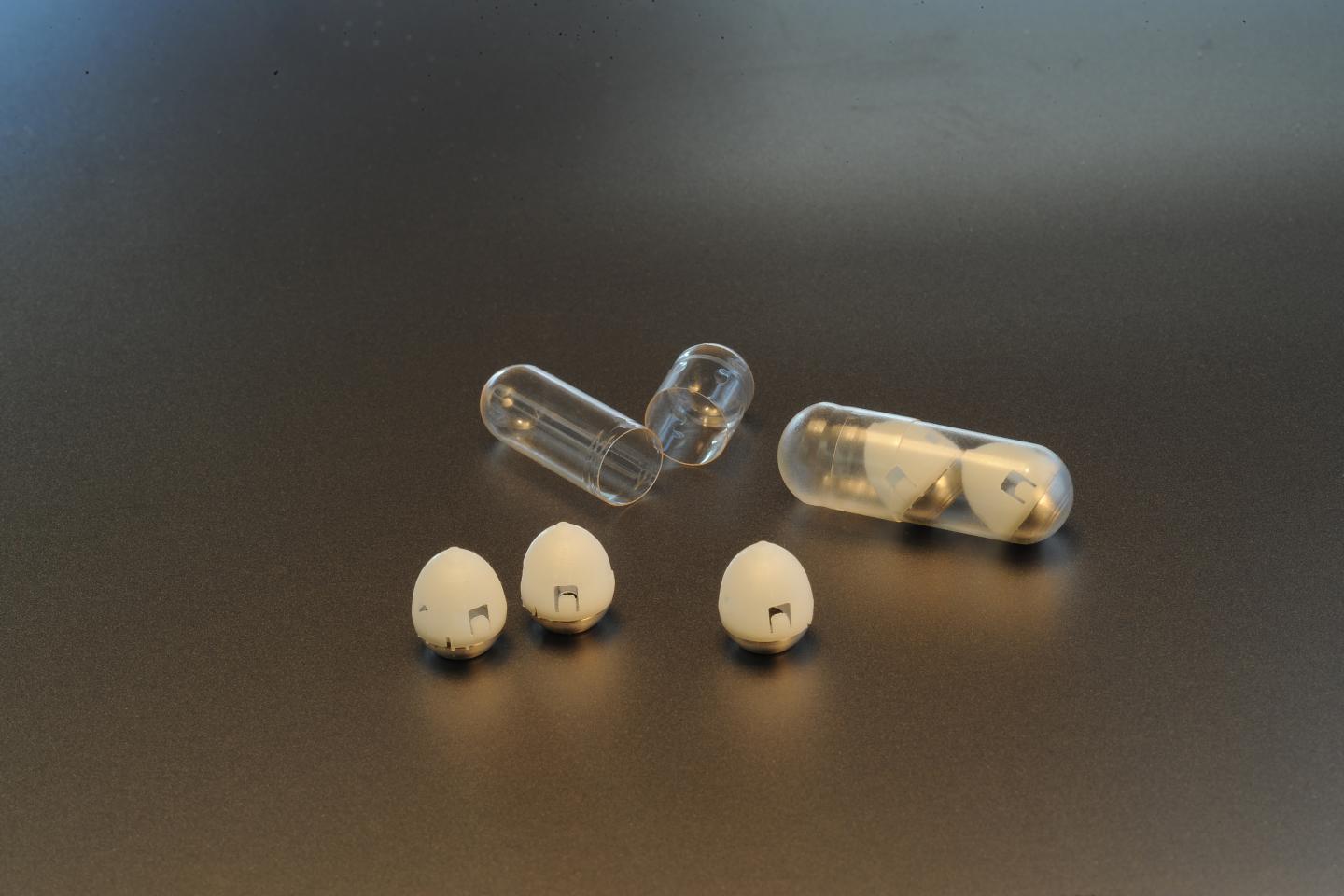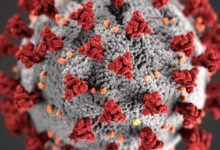
February 08, 2019: Millions of people across the globe live with diabetes or know someone having diabetes. It’s a condition where the human body either doesn’t produce enough insulin or respond properly to it. Insulin is important because it acts as a “key” which allows glucose movement from blood to the body’s cells. In the case of diabetes, the patient has to inject themselves with insulin shots on regular basis.
Now an MIT-led research team may have found a futuristic solution by developing a drug capsule that could be used to deliver insulin orally, potentially substituting the need of insulin injections that people with type 2 diabetes have to give themselves.
This blueberry sized capsule contains a small needle made up of compressed insulin, which is infused after the capsule reaches the stomach. In tests in animals, researchers demonstrated the pill’s ability to deliver enough insulin to lower blood sugar to levels comparable to those produced by injection shots of Insulin. They also showed that the device can be adapted to deliver other protein drugs.
“We are really hopeful that this new type of capsule could someday help diabetic patients and perhaps anyone who requires therapies that can now only be given by injection or infusion,” says Robert Langer, the David H. Koch Institute Professor, a member of MIT’s Koch Institute for Integrative Cancer Research, and one of the senior authors of the study.
Researchers developed a pill coated with just one needle in order to avoid injecting drugs into the interior of the stomach, where stomach acids would break them before showing any effect. The tip of the needle is made of almost 100 percent compressed, freeze-dried insulin, using the same process used to form tablets of medicine. It also consists of a needle shaft which does not enter the stomach wall, is made from another biodegradable material.
Within the capsule, the needle is attached to a compressed spring that is held in place by a disk made of sugar. When the capsule is swallowed, water in the stomach dissolves the sugar disk, releasing the spring and injecting the needle into the stomach wall. The stomach wall has no pain receptors, so the researchers believe that patients would not be able to feel the injection.
Self-orientation
It is important that the needle remains in contact with the lining of the stomach, to ensure that the drug is injected into the stomach wall. Taking inspirations from leopard tortoise having self-orientation feature, researchers designed pill’s shell in a such a manner that no matter how the capsule lands in the stomach, it can orient itself from any position. The researchers used computer modeling to come up with a solution of curvature of the pill’s shell, which allows it to reorient itself even in the dynamic environment of the stomach.
“As soon as you take it, you want the system to self-right so that you can ensure contact with the tissue,” Traverso says.
Once the tip of the needle is injected into the stomach wall, the pill takes roughly an hour to release insulin into the bloodstreams. After releasing insulin, the pill (made from biodegradable polymer and stainless-steel components) can pass through the digestive tract without causing any harm.
“What’s important is that we have the needle in contact with the tissue when it is injected,” Abramson says. “Also, if a person were to move around or the stomach was to growl, the device would not move from its preferred orientation.”
During tests in pigs, the researchers were able to successfully deliver up to 300 micrograms of insulin. More recently, they successfully increased the dose to 5 milligrams, which is comparable to the amount that a patient with type 2 diabetes would need to inject.
“Our motivation is to make it easier for patients to take medication, particularly medications that require an injection,” Traverso says. “The classic one is insulin, but there are many others.”
The MIT team is currently working with Novo Nordisk to further develop the technology and optimize the manufacturing process for the capsules. Researchers believe this type of drug delivery could be useful for any protein drug that normally has to be injected. It may also work for nucleic acids such as DNA and RNA.






